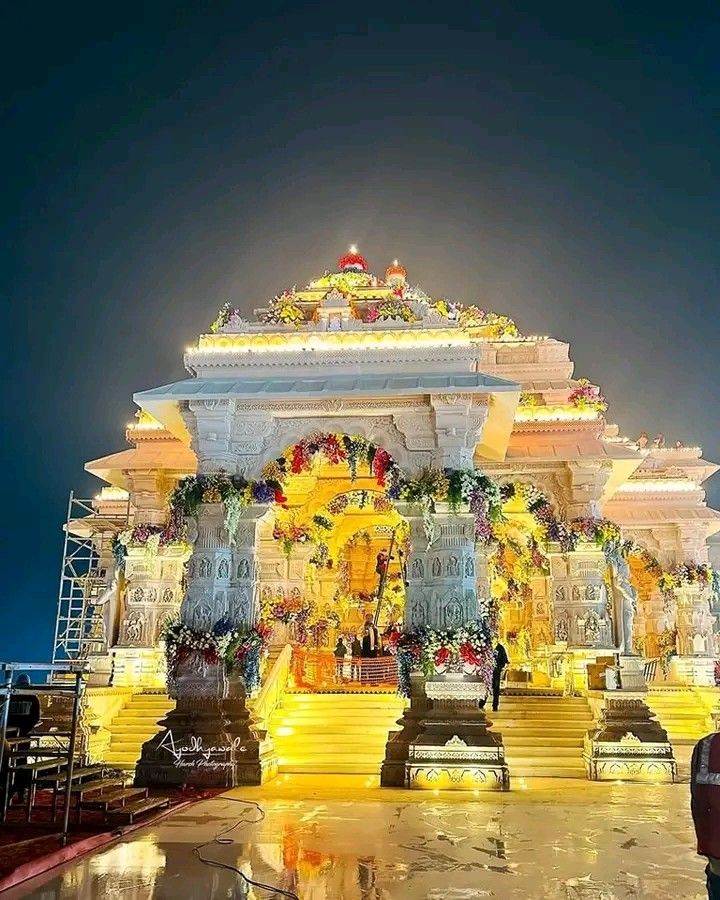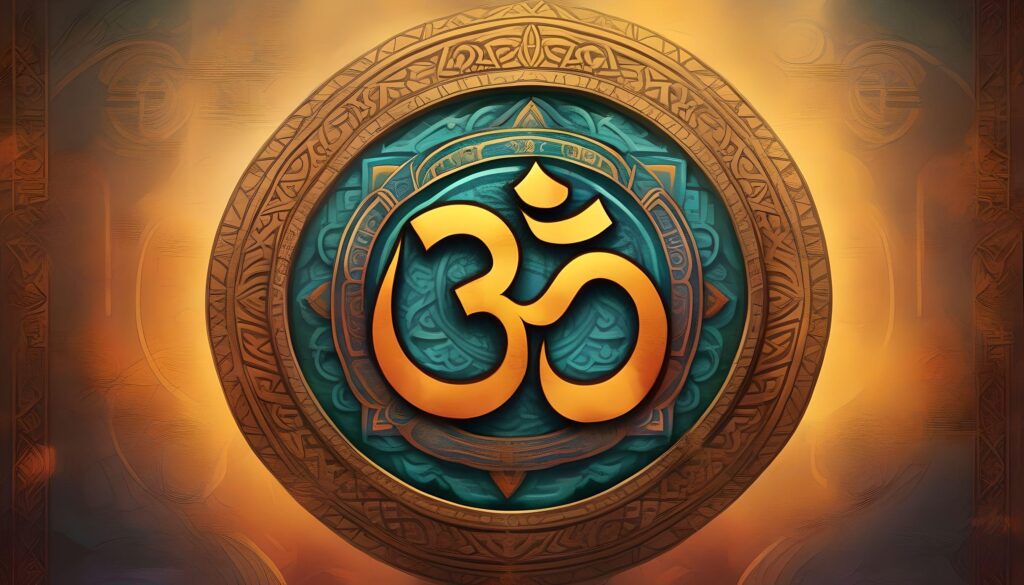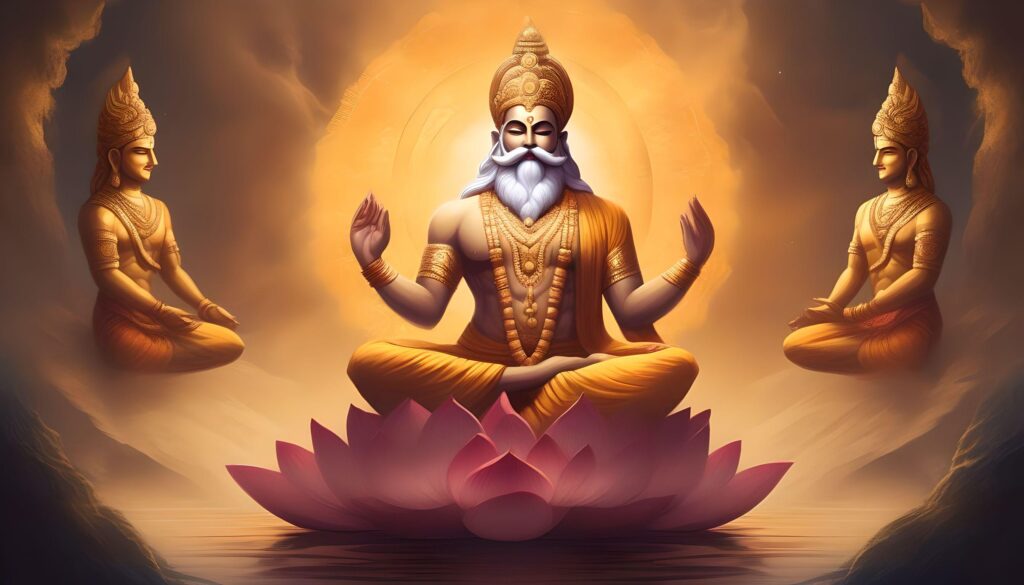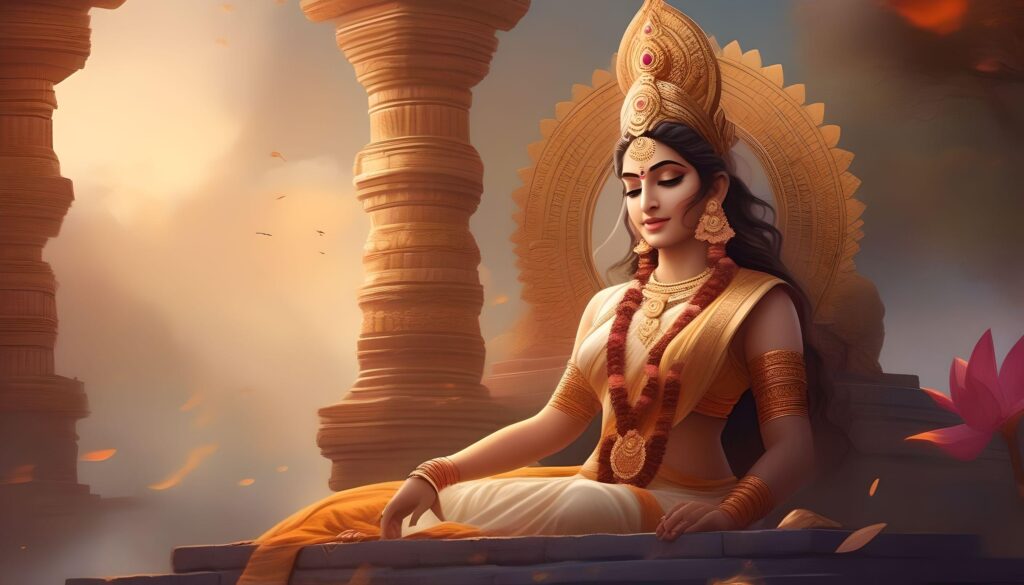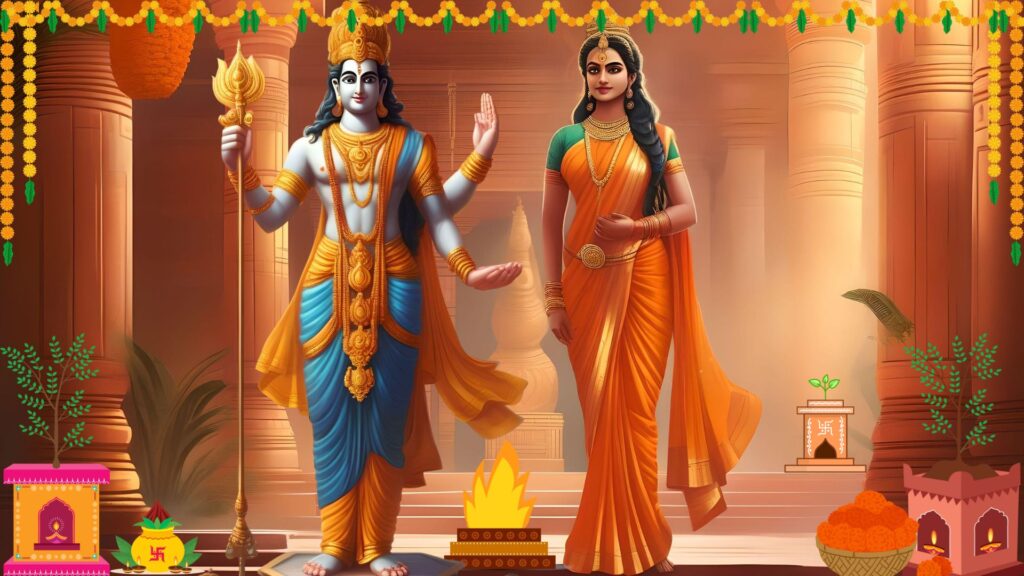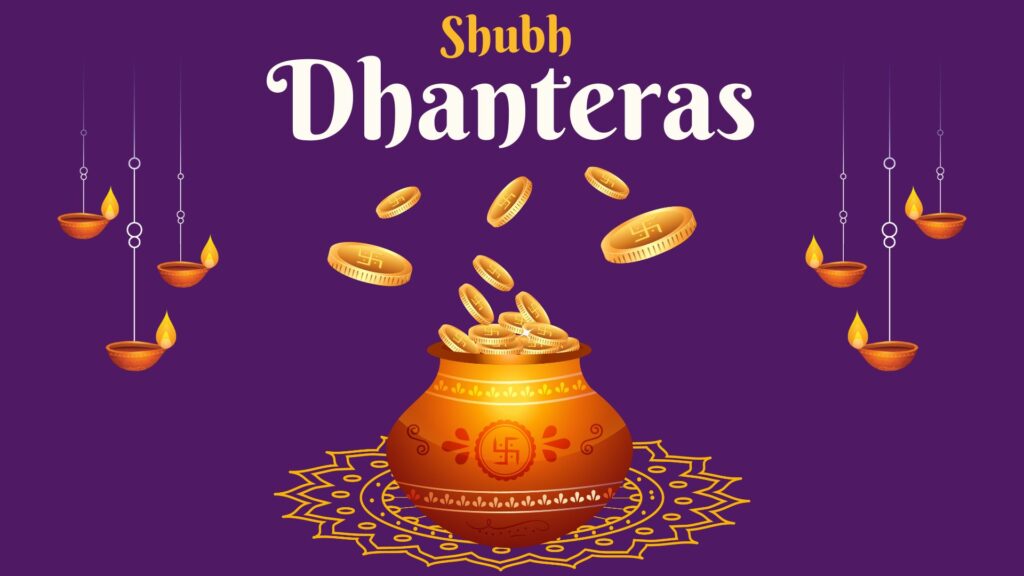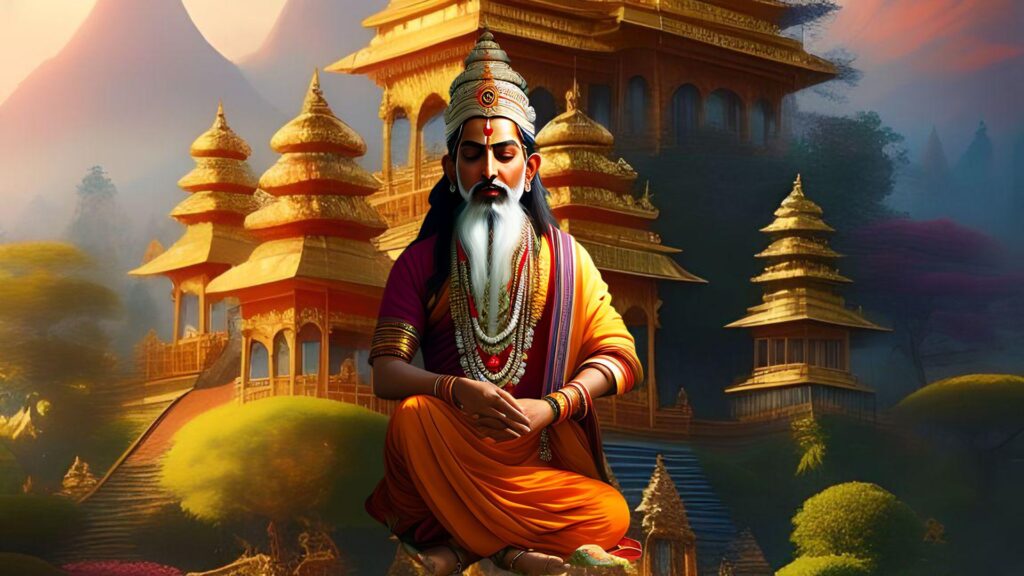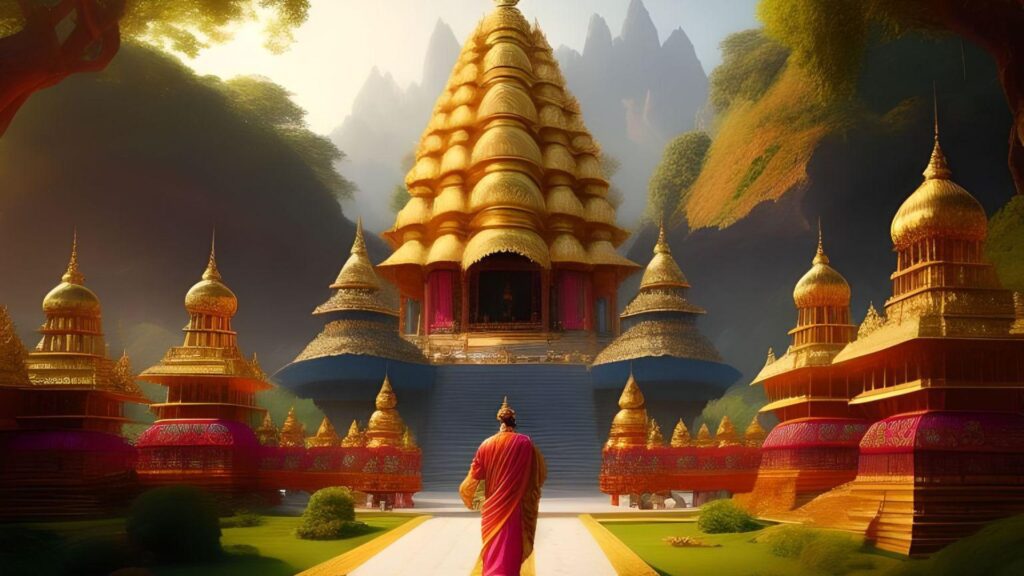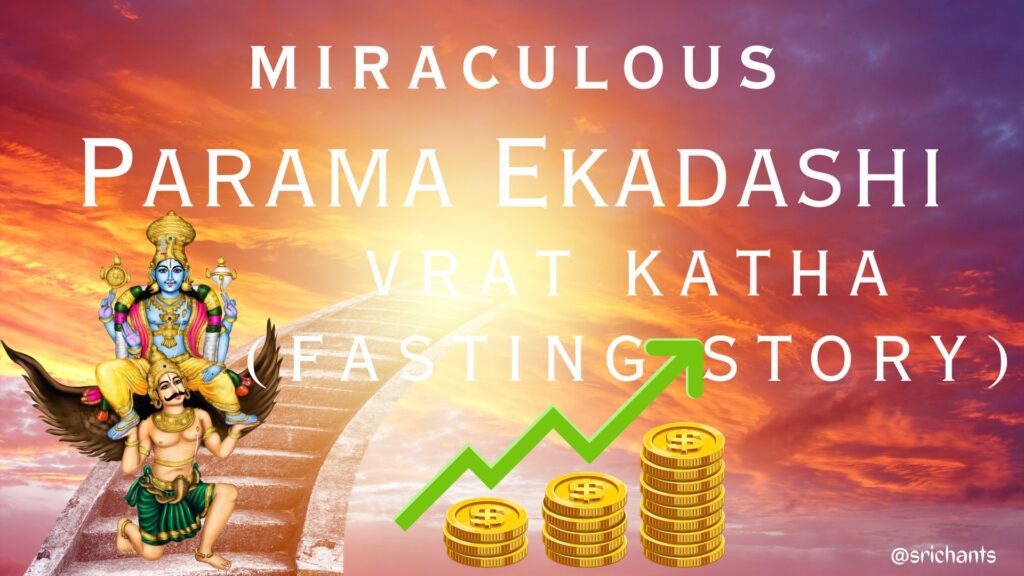Ayodhya: City of Faith and Heritage
Introduction
Among India’s oldest cities is Ayodhya. Said to be the birthplace of Lord Rama, it is in Uttar Pradesh on the banks of the Sarayu River. Hindus regard the city as holy, but other religions—including Jainism and Buddhism—also find great meaning there. Ayodhya has a lengthy past and is important from mythological to contemporary political standpoint. This page looks at the history, culture, religious landmarks, and more of the city.
1. Historical Background
One estimates Ayodhya’s age to be over 9,000 years. Usually connected with the epic, the Ramayana, The Ramayana claims that King Dasharatha, Lord Rama’s father, governed the Kosala Kingdom out of Ayodhya. Ancient books call the city a rich and grand location. Ayodhya itself denotes “a place that cannot be conquered.”
Apart from Hinduism, Ayodhya also finds place in Jainism. Five Jain Tirthankaras, or spiritual gurus, are supposed to have originated in the city. Moreover thought to have visited Ayodhya is Buddhist founder Buddha.
2. The Value of Ayodhya in Hinduism
Most people know Ayodhya as the birthplace of Hindu mythological renowned person Lord Rama. Considered as the seventh avatar of God Vishnu is Lord Rama. The Ramayana, penned by the wise Valmiki, captures his life narrative. The epic chronicles Rama’s life, his exile into the forest, his conflicts, and his rule—also known as “Rama Rajya, or the ideal kingdom.”
Every year the city honors Rama Navami, the birthday of Lord Rama, with considerable fervor. Devotees meet to praise Lord Rama by singing, praying, and celebrating. Processions, events, and rituals abound in the city during the festival.

3. Ayodhya’s Religious and Spiritual Sites
Ayodhya is home to many temples and sacred places. These are the major sites to visit:
- Ram Janmabhoomi Temple: This is the most famous site in Ayodhya. The temple is believed to be the birthplace of Lord Rama. After years of legal and religious debates, the Supreme Court of India allowed the construction of a temple here in 2019. Today, the temple stands as a symbol of faith and devotion.
- Hanuman Garhi: This temple is dedicated to Lord Hanuman, Lord Rama’s most loyal devotee. Hanuman Garhi is built on a hill and offers a beautiful view of the city. Devotees climb the 76 steps to reach the temple, where they pray for blessings.
- Kanak Bhawan: Kanak Bhawan is a beautiful temple dedicated to Lord Rama and Sita. According to legends, this palace was gifted to Sita by Queen Kaikeyi after her marriage to Lord Rama. The temple has golden idols of Rama and Sita, making it a favorite for devotees.
- Nageshwarnath Temple: This temple is dedicated to Lord Shiva. It is said to be built by Lord Rama’s son, Kush. Nageshwarnath Temple is a major attraction during the Shivratri festival. The temple holds great importance for devotees of Lord Shiva.
- Treta Ke Thakur: This temple is believed to be the place where Lord Rama performed the Ashwamedha Yagna, a powerful ritual for kings. The temple has idols of Lord Rama, Sita, Lakshmana, Bharat, and Shatrughna. Treta Ke Thakur is one of the oldest temples in Ayodhya.
- Guptar Ghat: Guptar Ghat on the Sarayu River is believed to be the place where Lord Rama took jal samadhi (water immersion). The riverbank is peaceful, and many pilgrims come here to pay respects to Lord Rama.
4. Ayodhya in Jainism and Buddhism
Since five Tirthankaras—including Adinath (Rishabhadeva), the first Tirthankara—are thought to have originated in Ayodhya, Jains also revere this city. Here among the temples, Jain visitors pay their respects.
Ayodhya is known in Buddhism as Saketa, a thriving metropolis during the lifetime of Lord Buddha. Though Ayodhya’s historical link to Buddhism adds to its rich spiritual legacy, Buddhist sites are not as visible here as in other places.
5. Festivals and Cultural Events in Ayodhya
- Dussehra: In Ayodhya, Dussehra is celebrated with great enthusiasm. It marks the victory of good over evil, as Lord Rama defeated the demon king Ravana. The Ramlila (a play based on the Ramayana) is performed, and it ends with the burning of Ravana’s effigy.
- Rama Navami: This is the biggest festival in Ayodhya. It marks the birthday of Lord Rama and is celebrated in March or April. During the festival, people from all over India visit Ayodhya. Devotional songs, prayers, and colorful processions fill the streets.
- Diwali: Ayodhya is also known as the place where Lord Rama returned after his 14 years of exile. To celebrate his return, people in Ayodhya light diyas (lamps) and decorate their homes. Diwali in Ayodhya is a grand affair, with thousands of lamps illuminating the city.
- Saryu Aarti: Every evening, a grand aarti (ceremony) takes place on the banks of the Sarayu River. The ceremony involves lighting lamps, singing bhajans, and offering prayers to the river. The sight of hundreds of lamps floating on the river is mesmerizing.
- Shravan Jhula Mela: This festival is celebrated in the month of Shravan (July-August). During this time, the idols of Lord Rama, Sita, and Lakshmana are taken on a swing (jhula) to celebrate the rainy season.
6. Ayodhya and Modern Politics
A protracted political and religious dispute has also centered on Ayodhya. The Babri Masjid-Ram Janmabhoomi dispute persisted for decades. A huge gathering destroyed the mosque constructed by Mughal Emperor Babur in 1992. The episode set off legal disputes and rioting.
Following years of hearings, the Supreme Court of India ruled in favour of the Ram Janmabhoomi Temple’s construction in 2019 For many Hindu groups, this choice was seen as a triumph; others considered it as a delicate compromise.
7. The City’s Economic and Social Life
There is a small-town appeal about Ayodhya. Religious tourism drives most of the city’s income. The building of the Ram Janmabhoomi Temple has attracted more guests, therefore boosting commerce in stores, restaurants, and hotels. Many residents make their living selling crafts, religious objects, and mementos.
Recently, the city has undergone upgrades in infrastructure including better roads and transit. Ayodhya stays traditional in many respects, nevertheless. The residents of Ayodhya are renowned for their friendliness and kindness to guests.
8. Natural Beauty and Scenery
Ayodhya is blessed with natural beauty. The Sarayu River adds to the city’s scenic charm. Early morning and evening views of the river are breathtaking. Many pilgrims take a dip in the Sarayu, believing it to be holy. The riverbank is lined with ghats where people meditate, pray, or enjoy the view.
Nearby, there are green fields, small forests, and rural landscapes. This natural environment provides a peaceful retreat for many who come to Ayodhya not only to pray but also to find inner peace.
9. How to Reach Ayodhya
Ayodhya is well connected by road, rail, and air. The nearest major city is Lucknow, around 135 km away. Here are the main options for travelers:
- By Air: The nearest airport is in Lucknow. From Lucknow, you can take a taxi or bus to Ayodhya.
- By Train: Ayodhya has its own railway station, Ayodhya Junction. Trains from major cities like Delhi, Varanasi, and Lucknow are available.
- By Road: Ayodhya is well connected by roads. Regular buses from nearby cities are available. You can also drive to Ayodhya from cities in Uttar Pradesh.
10. Where to Stay in Ayodhya
Ayodhya has various accommodation options, from budget hotels to guesthouses. Some ashrams also offer rooms for pilgrims. Nearby cities like Faizabad have more options if you’re looking for a broader range of hotels.
Conclusion
Ayodhya is a city providing a special fusion of spirituality, culture, and past. From the temples to the celebrations, Ayodhya tells of its rich past and religious relevance everywhere. Not only for its temples, but also for the tranquility and dedication it presents, this city draws tourists from all around the world.
